Pruning Techniques
Maintaining Healthy Plants: Essential Pruning Techniques
Proper pruning is an essential practice for maintaining healthy plants in your garden. By removing dead or overgrown branches, you can promote growth, improve air circulation, and enhance the overall appearance of your plants. Here are some key pruning techniques to help you keep your garden thriving:
1. Deadheading
Deadheading is the process of removing spent flowers from plants to encourage new growth and prolong blooming. This technique not only keeps your plants looking neat but also redirects the plant's energy into producing more flowers.
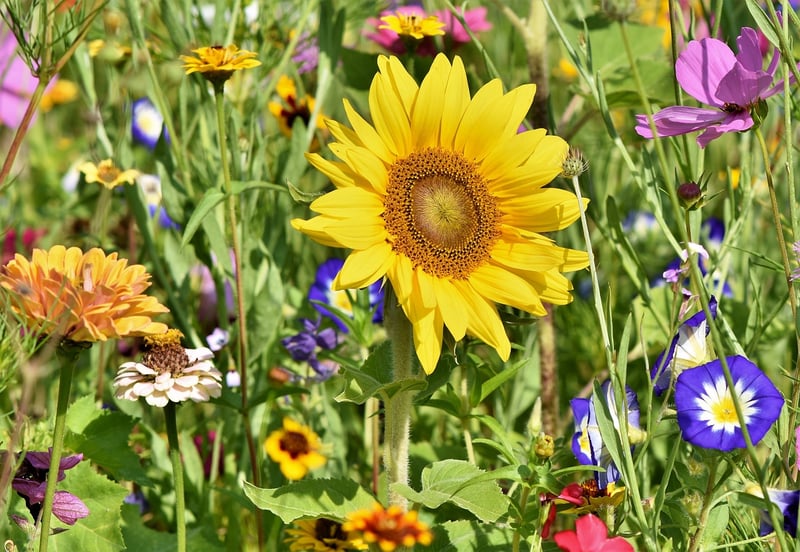
2. Thinning
Thinning involves selectively removing branches to improve air circulation and reduce overcrowding. This technique helps prevent disease by allowing sunlight and air to reach all parts of the plant, promoting healthy growth.
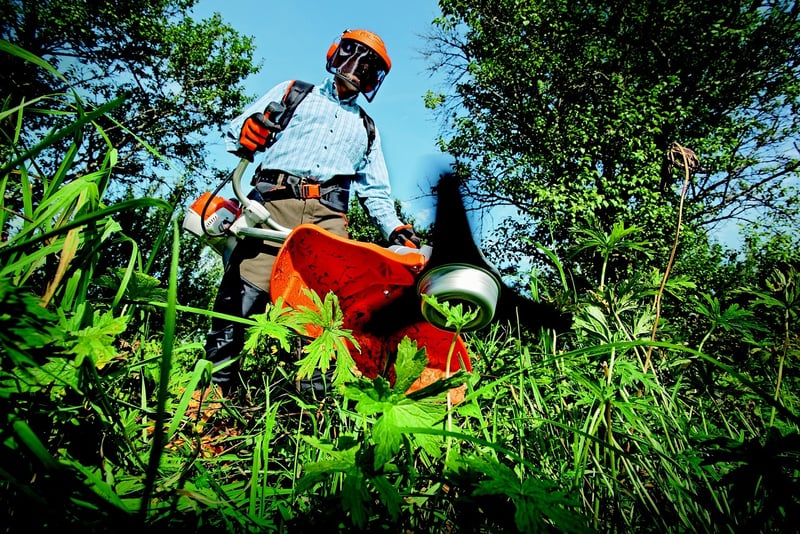
3. Heading Back
Heading back is the practice of cutting back the tips of branches to encourage lateral growth. This technique helps maintain the plant's shape and size while promoting bushier, more compact growth.
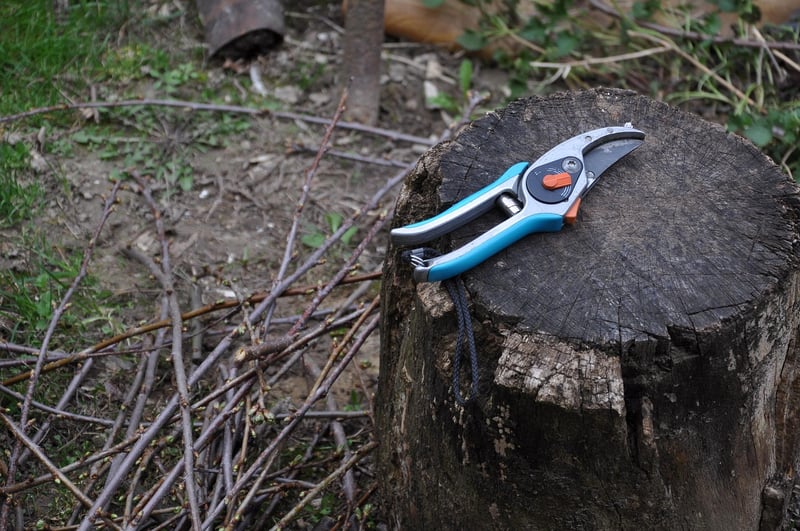
4. Rejuvenation Pruning
Rejuvenation pruning involves cutting back the entire plant to stimulate new growth. This technique is useful for revitalizing overgrown or neglected plants, leading to healthier, more vigorous growth.
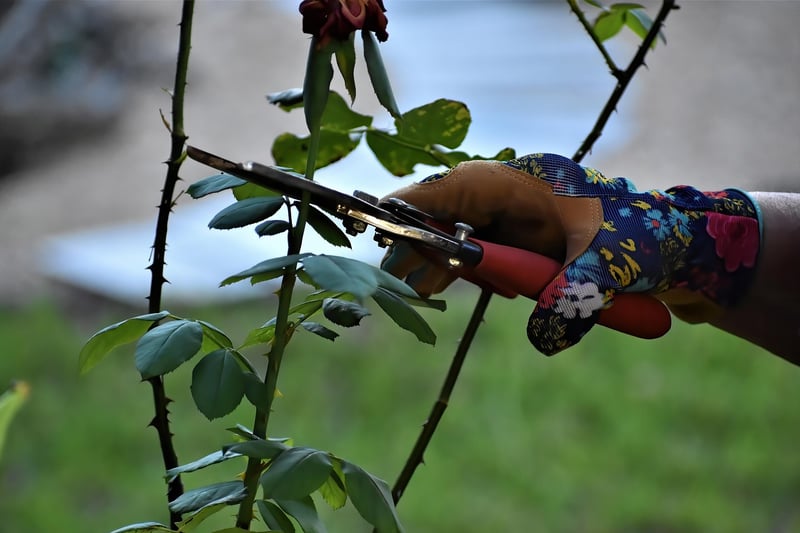
5. Crown Thinning
Crown thinning is the selective removal of branches within the canopy of a tree to reduce density. This technique allows more light to penetrate the tree, improving air circulation and overall tree health.
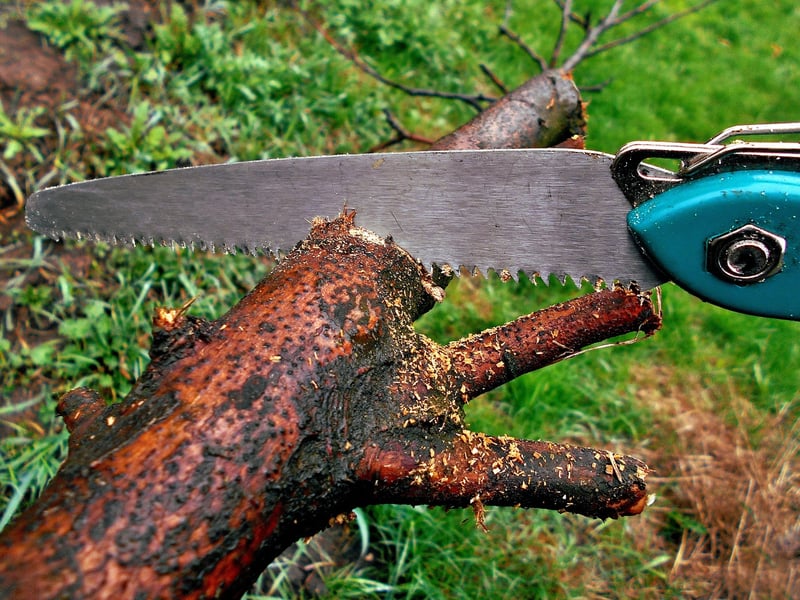
By incorporating these pruning techniques into your gardening routine, you can ensure that your plants remain healthy, vibrant, and visually appealing. Remember to use sharp, clean tools and follow proper pruning practices to minimize stress on your plants and maximize their growth potential.
Happy pruning!
